-
Posts
14,343 -
Joined
-
Last visited
-
Days Won
25
Content Type
Profiles
Forums
Blogs
Gallery
Events
Store
Posts posted by Ed_Haynes
-
-
I haven't find this medal

Among the scarcest. Few to Mongolians, mostly to Soviets and other COMENCON friends.
0 -
Great photos

Actually VERY nasty scans from my on-the-road portable scanner (Canon N650U). Better than nothing, but only BARELY.

Thanks anyway, USAF!
 0
0 -
The Order of the Polar Star
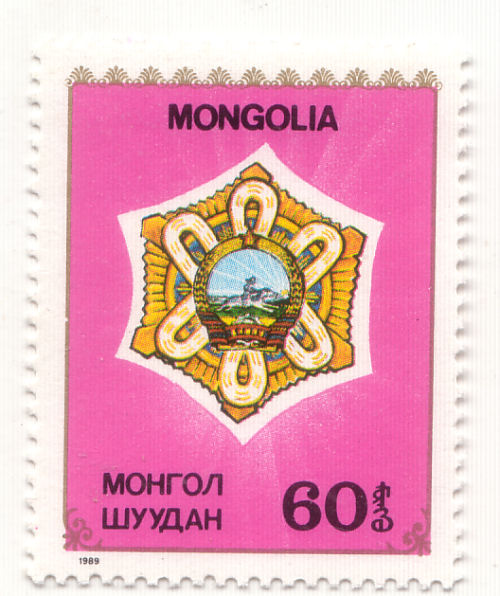
 0
0 -
The Order of Combat Valor
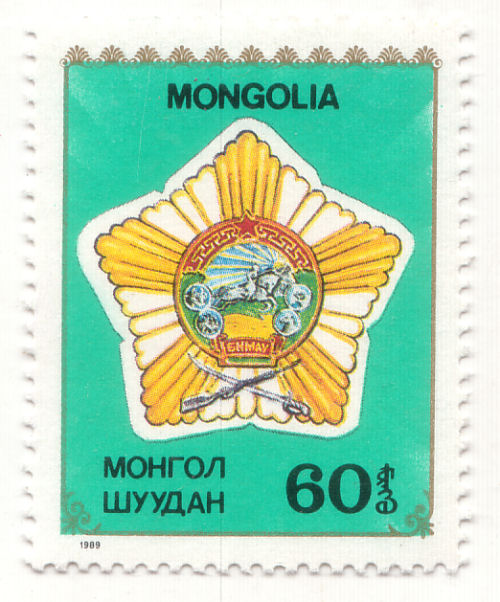
 0
0 -
Order of the Red Banner of Labor
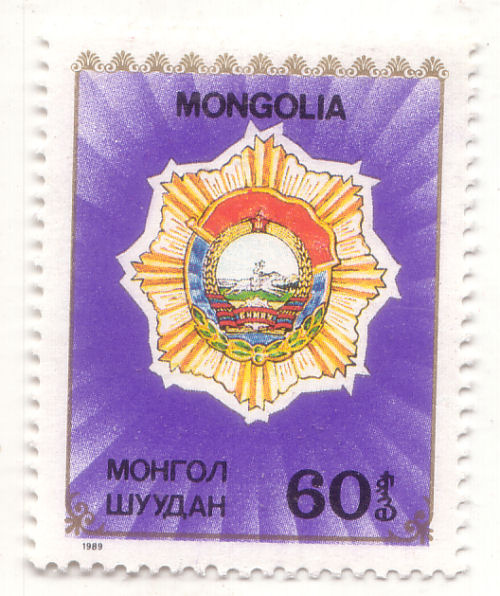
 0
0 -
Order of the Red Banner of Combat Valor
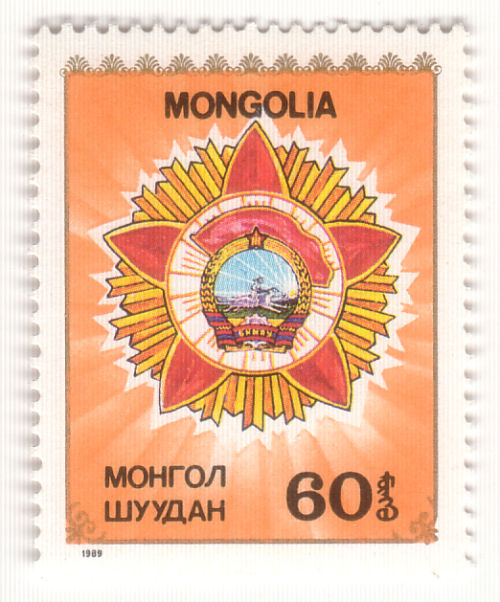
 0
0 -
The Order of Sukhbaatar
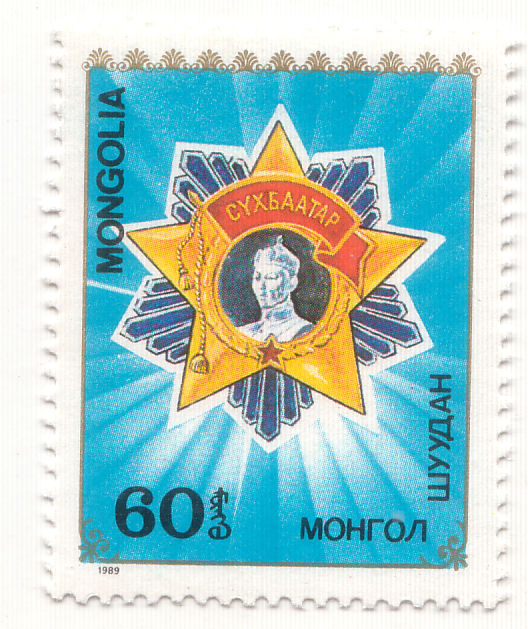
 0
0 -
Hero of Labor "Golden Soyombo" Medal
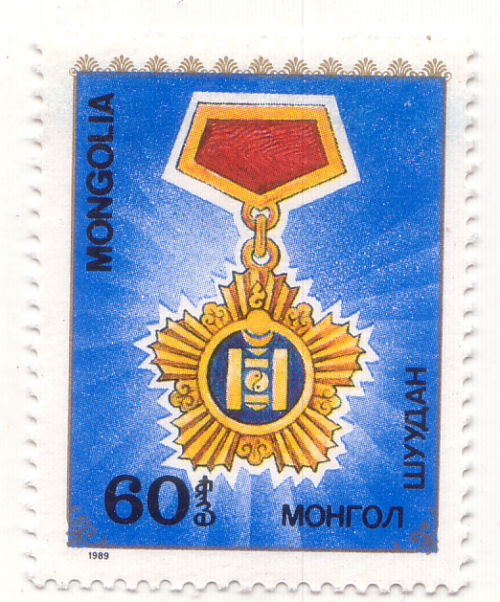
 0
0 -
Hero of Mongolia "Golden Star" Medal
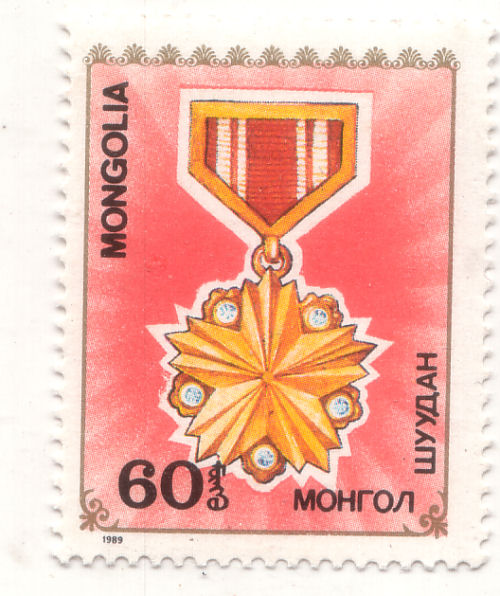
 0
0 -
Having long since given up philately for phaleristics, as I suspect others have, the various Mongolian stamps showing awards may be of interest.
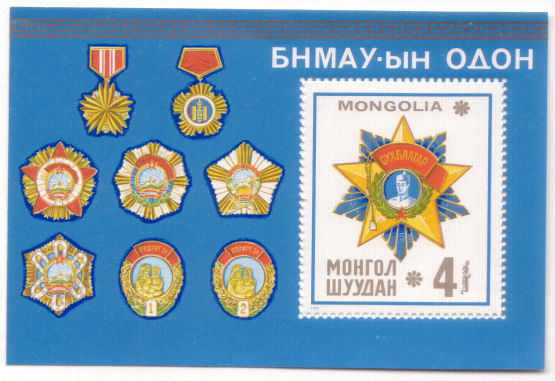
 0
0 -
A VC! on the WALL?????????????
Probably a replica, but opinions are divided until someone gets it unframed and fondles it.
0 -
Odd and interesting, though likely not Mongolian.
Thanks for sharing, eye-candy is always nice.
0 -
Well, I'm confused.
TWO points for local pro-Japanese collaborators and ONE for Italian-style side flopping to the Allied fold when the tide changed? And NO way to tell if one was a one time Axis Quisling or a Johnny Come Lately United Nations type?
Or?..............
Both were viewed as nationalists, in their own way, and both fought the Brits.
0 -
The information I have is:
Order of the Star of the Revolution -- Awarded for participation in the struggles which led to Burma's independence, either in military or political aspects of the struggle. The award is granted for service in three time periods: (1) 8 January to 26 July 1942, (2) 27 July 1942 to 26 March 1945, and (3) 27 March to 15 August 1945. Participants in the freedom struggle in all three periods were awarded the first class, participants in only two of the periods received the second class, and participants in only one of the time blocks were recognized with the third class. A peculiar aspect of this decoration is the provision that the award can be passed down to direct heirs of the original freedom fighter and be worn, multi-generationally, in this fashion. Established: 3 November 1953. The decoration has not been awarded since 24 November 1986 (March 1962?). Obverse: A five-pointed gold star with a smaller five-pointed gold star superimposed. The central medallion shows a blue-enameled peacock with displayed tail in blue. Below, a Burmese inscription reading "Independence" in blue. The decoration is a breast star. The differences for each class are indicated on the reverse. Reverse: The class of award is indicated on the reverse and, presumably, there is a pin or other attachment device. Ribbon: Blue, with yellow edge stripe to the left (wearer's right), a thin green center stripe, and a thin red edge stripe to the right (wearer's left); this is exactly the same as the ribbon for the A Ye Daw Bon Tazeit.
See: http://faculty.winthrop.edu/haynese/medals/myanmar.html
(Though I have more information not online.)
0 -
And awards to Mongolians seem immensely uncommon. Most awards went to Soviets or other COMENCON "friendlies". Shall be posting a documented set soonish.
0 -
Not sure how different the older book is. Translation has been requested.
0 -
Ed, let me know if you need help merging....
Would be happy to do so -- and would have done so already -- but I do not have moderator rights over here.
 0
0 -
Very very nice. A friend picked one up in Myanmar last year, but not to this quality!
0 -
fakes of this medal are existing!
the one i've seen was a cast medal and painted (the casting was not too bad - but was vissible because of the "casting-bubbles" and the tipical rim of casted medals)
sadly i don't have a picture - but as the price of this medal is not so low, you'll notice it while you have a closer look at the medal before buying.
christian
Yes this one is being faked, 100% for sure. Beware. Working to get some good comparative closeups. (Which means, I guess, that I'm working to find a fake to buy?)
0 -
After talking this through and looking at specimens when we were in Ulanbaatar, Battushig, Jan, and myself have proposed the theory that what are presently shown as D 03a and D 03b, the gilded and all-silver varieties of the Honorary Chekist Badge are in fact one and the same thing. As with other badges, the gilding is so thin that in many specimens the gilt wears off or simply evaporates on its own over time. This would suggest a single combined variety here, with the lowest serial number observed as 14 and the highest as 975 (the number ranges of the two old types overlapped in any event).
Please squint at your specimens and share your observations and thoughts.
0 -
After protracted consultation among Battushig, Jan, and myself in Ulanbaatar, we have reached the conclusion that we are looking at but two varieties of these badges. There is a silver mirror reverse badge with engraved serial number (current A 51.1 and A 51.2) that is so lightly gilded on the obverse that the gilt easily wears off or even simply evaporates entirely. There is also a silvered bronze flatback version with stamped serial number (current A 51.3), although here, too, the coating is fairly transient and is often badly worn or gone alltogether. Thus, rather than there being three "classes", as it might seem from the current classification, we have a single-class badge in two (chronological?) varieties.
Please take a look at your collection and see if this makes sense.
This means we are looking at a:
Type 1 - mirror reverse - Low 206/High 5009
Type 2 - flatback - Low 269/High 503
The type 2 remains a fairly uncommon item, although we have no clear guess on which is the older badge. Reliable documented sets might help, but what documents carry badge numbers?
0 -
Interesting items, thanks for sharing.
Is the ribbon on #12 correct? I ask because the same ribbon is used on one of the medals of the United Arab Emirates.
0 -
Yes, a nice pair. A documented pair or just two nice orphans?
0 -
Be aware that the last copies of Battushig's book have left the author to go to various dealers. It may therefore be considered "out of print". No reprinting or revision into a new edition is contemplated. Very soon, I fear, this book will itself enter the world of the "collectable" (rather like McD & S). If you want one, you'd better snag one "soon".
0




A New Monument to Iron Felix
in Russia: Soviet Orders, Medals & Decorations
Posted
And some of the old statues are still there, for reuse as needed. This, in Moscow.